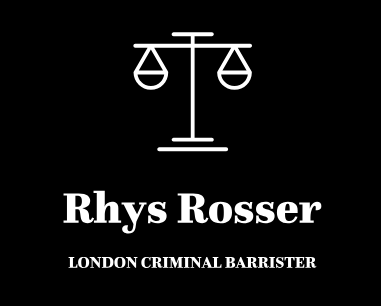Murder and Manslaughter
Rhys is regularly instructed to represent those charged withe the most serious of offences. He has the knowledge and expertise to provide meaningful assistance at every stage.
Murder
The offence of murder is one of the few offences that remain 'common law' offences, this means that there is not a statute such as with the Fraud Act 2006. If convicted of Murder, a life sentence is mandatory.
In order to be guilty of murder, the Prosecution must prove the following to the criminal standard? This means so that the Jury are sure of the following:
- That the Defendant was sane (insanity is a defence although the test for insanity is extremely specific);
- That another person was killed
- That the killing was unlawful
- Not in reasonable self-defence
- Not in reasonable defence of another
- That the Defendant had intent to cause really serious harm.
Manslaughter
The Defendant must have intended to cause really serious harm, if there is not such an intent then the Defendant will be guilty of manslaughter. It is often thought that it is necessary to prove that the Defendant intended that the victim would die, this is wrong - it need only be that really serious harm would occur.
Self Defence
Self-defence is also a common law defence. This is a two-stage test:
- Was the use of force necessary in the circumstances?
- Was the level of force used reasonable?
The above questions must be considered on the facts that the Defendant believed them to be.
Once some evidence of self-defence is raised, it is for the Prosecution to make a jury sure that the Defendant was not acting in reasonable self-defence.
Partial Defences to Murder
The 'Partial Defences' to Murder can be extremely complex. This means that the Defendant is guilty of Manslaughter rather than Murder. These were clarified in legislation by the Criminal Justice Act 2009.
The first of these is Diminished Responsibility. This has a four-stage test:
- Whether the defendant was suffering from an abnormality of mental functioning
- If so, whether it had arisen from a recognised medical condition
- If so, whether it had substantially impaired his ability either to understand the nature of his conduct or to form a rational judgment or to exercise self-control (or any combination)
- If so, whether it provided an explanation for his conduct
Another example of a partial defence is Loss of Control. This involves a three stage test:
- Did the killing occur as a result of a 'loss of control';
- Was there a 'qualifying trigger';
- Might a person of the Defendant's personal characteristics (i.e. sex and age) of a normal degree of tolerance and self-restraint and in the circumstances react as the Defendant did.
It does not matter whether or not the loss of control was sudden. The partial defence could still be put before a jury even where there has been delay between the trigger incident and the killing.
Expert Evidence
Having the benefit of expert evidence can be essential in this area. Rhys regularly works with experts in specialist areas including:
- Pathology;
- Cell-site and RF Surveys;
- DNA;
- Handwriting experts;
- Finger-print and shoe mark comparison.
